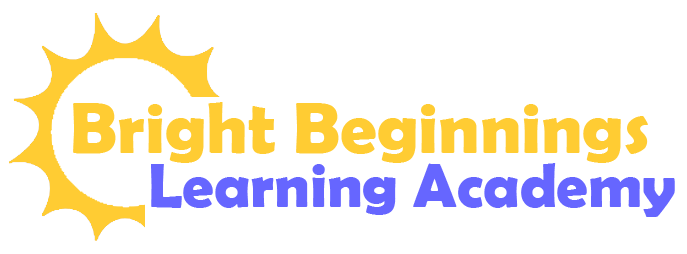Children are like sponges ready to soak up everything we have to teach them. Math and science are fluid and interlocked, so we typically teach these activities together. Use fun experiments to engage the children, and teach these concepts through play.
First Impressions
Just like in art, the presentation of our activity has a large impact on how the children receive it. Make sure you only invite the number of children you are prepared to engage. An easy way to do this is to only have that number of chairs at the table. So if you want to work with 2 children at a time, only have 2 chairs at the table. When children approach just tell them "This activity is only for two people, you will have to wait your turn. Why don't you go explore elsewhere, I'll let you know when it is your turn." Ensure the everything you need is handy and ready. Unlike art, sometimes we lead the majority of these experiments. Recognize when the teachable moments arise, and take advantage of them.
So what is Science?
Science is all around young children. Think about how the world works. Physics, aerodynamics, and hydrodynamics are advanced concepts easily explored during your first 5 years in the world. Play games with water like sink or float, or transferring water with a sponge. Or paint the sidewalk and watch the water dry. We can drop things like a feather and rock, and discuss why one falls sooner than the other. Watching plants grow, and discussing and recording the changes is a science activity for preschoolers. A fun STEM math/science activity is to compare the height of children in the class. Science is best explored by asking lots of questions about what we see and why it’s happening. Don’t feel like you need to gear down the educational information on the questions they ask. Find the answers, and if the child doesn’t understand now, know that they are still getting a great deal out of the activities.
So What is Math?
Math activities is easily integrated to play with preschoolers. Anytime we talk to our children about shapes, or numbers we are talking about math. When we are building with blocks we can count how many blocks we use, and discuss the shapes. When we read books we can look at animals and count them by category. An early math skill is categorizing and sorting. When we keep toys sorted by type we are actually teaching the children similarities and difference. We can also use objects that have similarities and differences to sort by size, shape, and color.
When it Doesn’t Work
Sometimes experiments just don’t work. That’s ok. Save the idea, and revisit it later. Maybe your class of 2 year olds aren’t quite coordinated enough to pour their ingredients for playdough or muffins. Do your best to modify the experiment so it works this time. Save the idea and strengthen the skills needed to make the experiment a success next time. Sometimes the age and personalities of the class just don’t work for certain experiments and experiences. Consider it a learning opportunity for you as the teacher, and try it again later or with a different group of students

